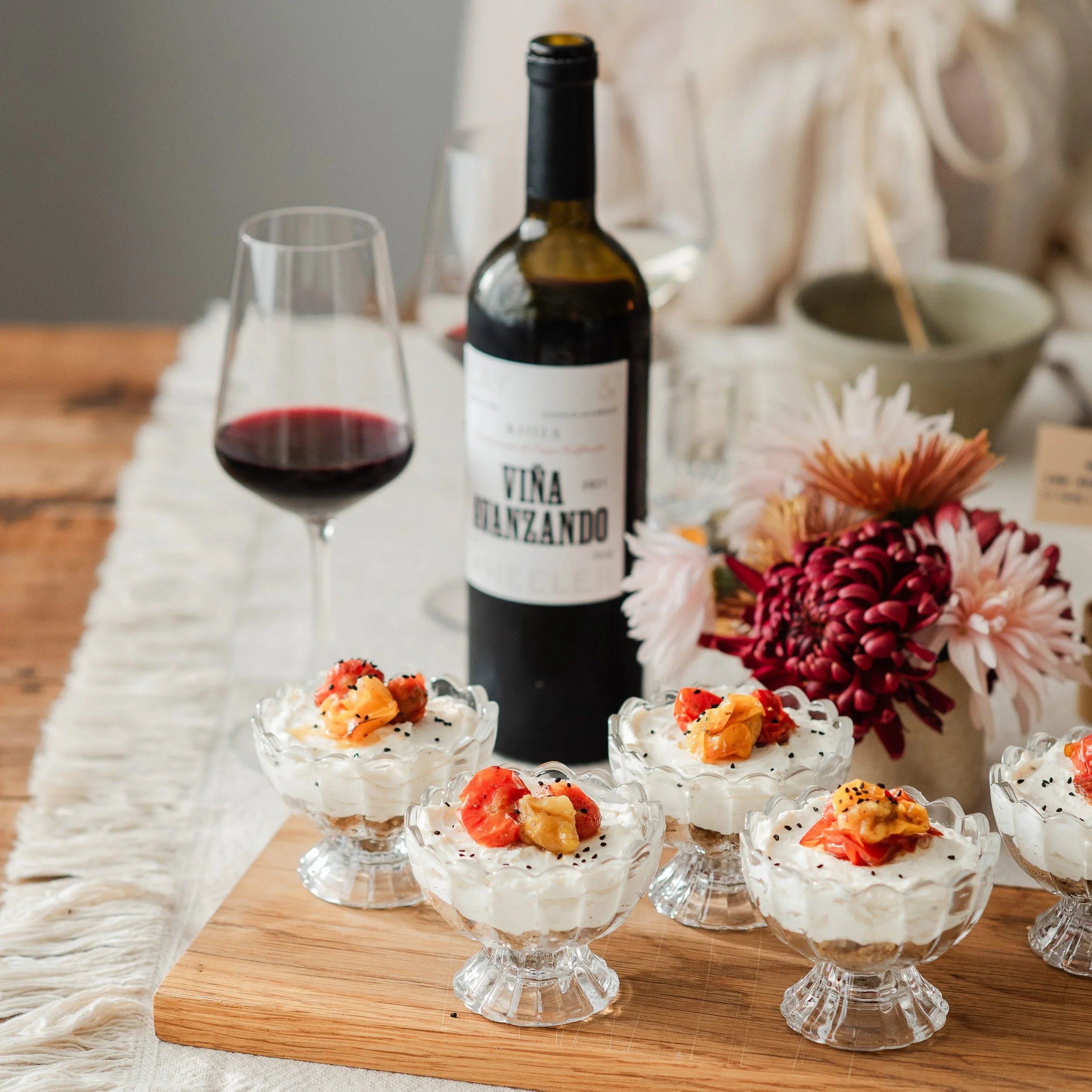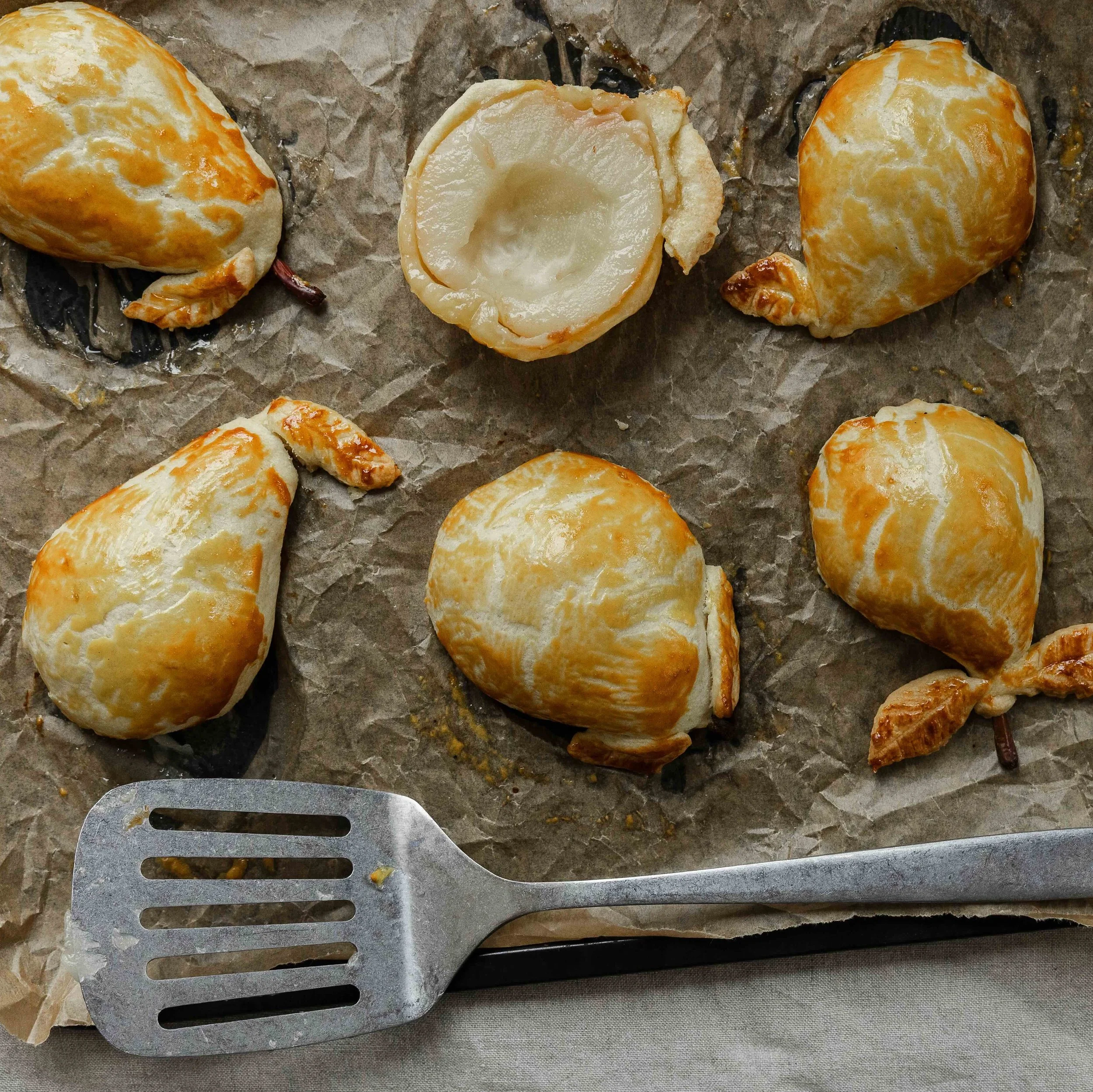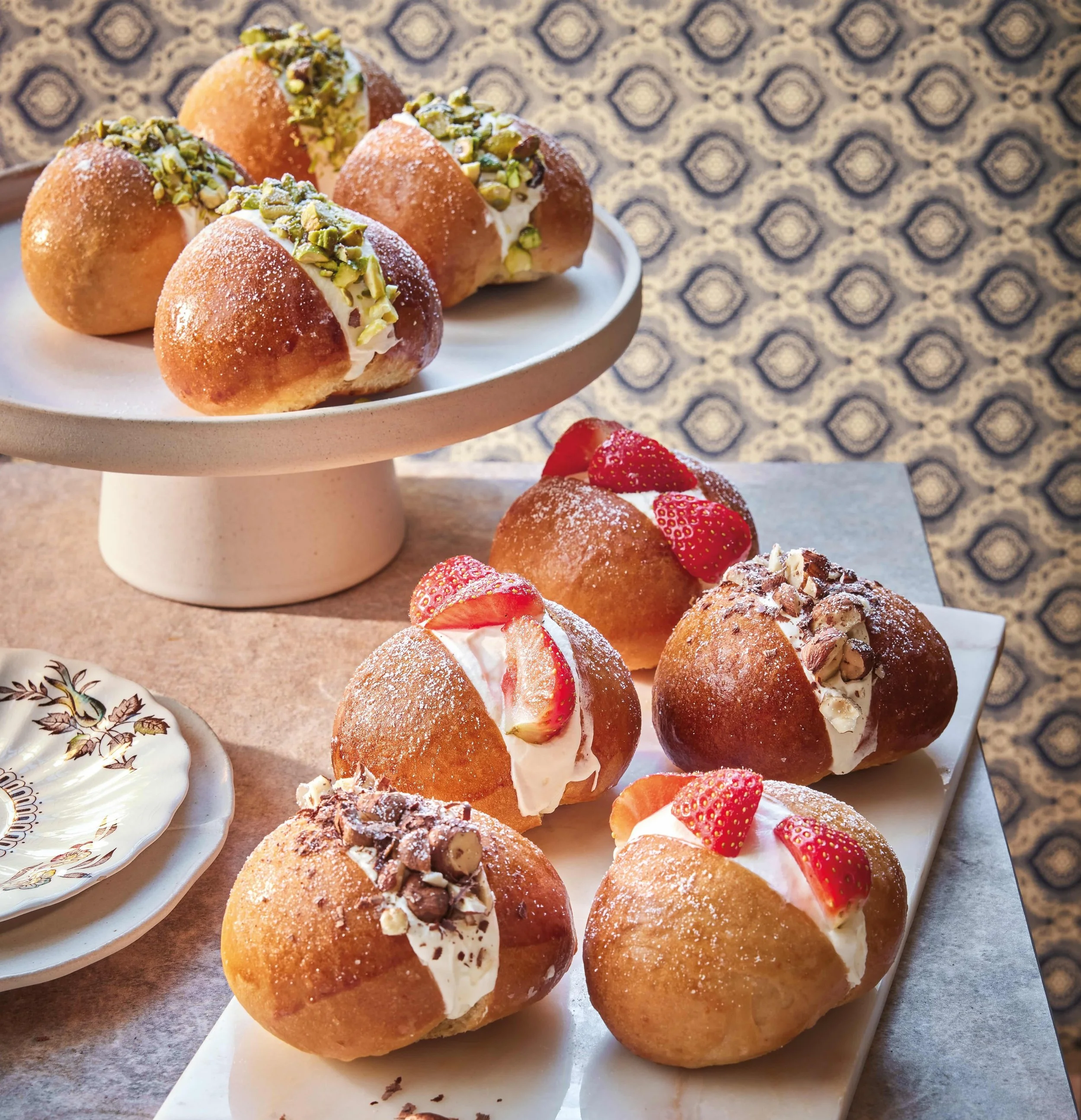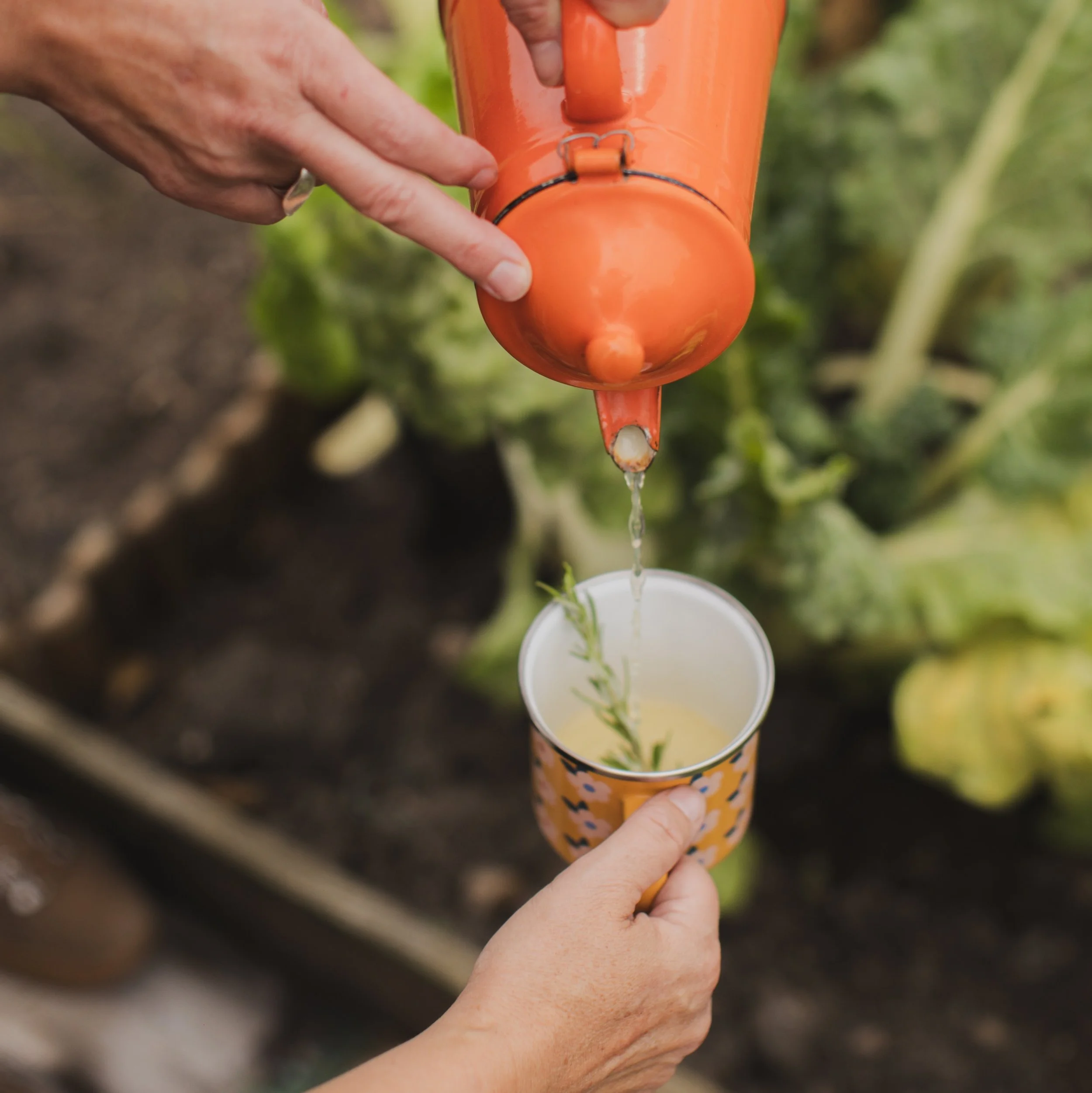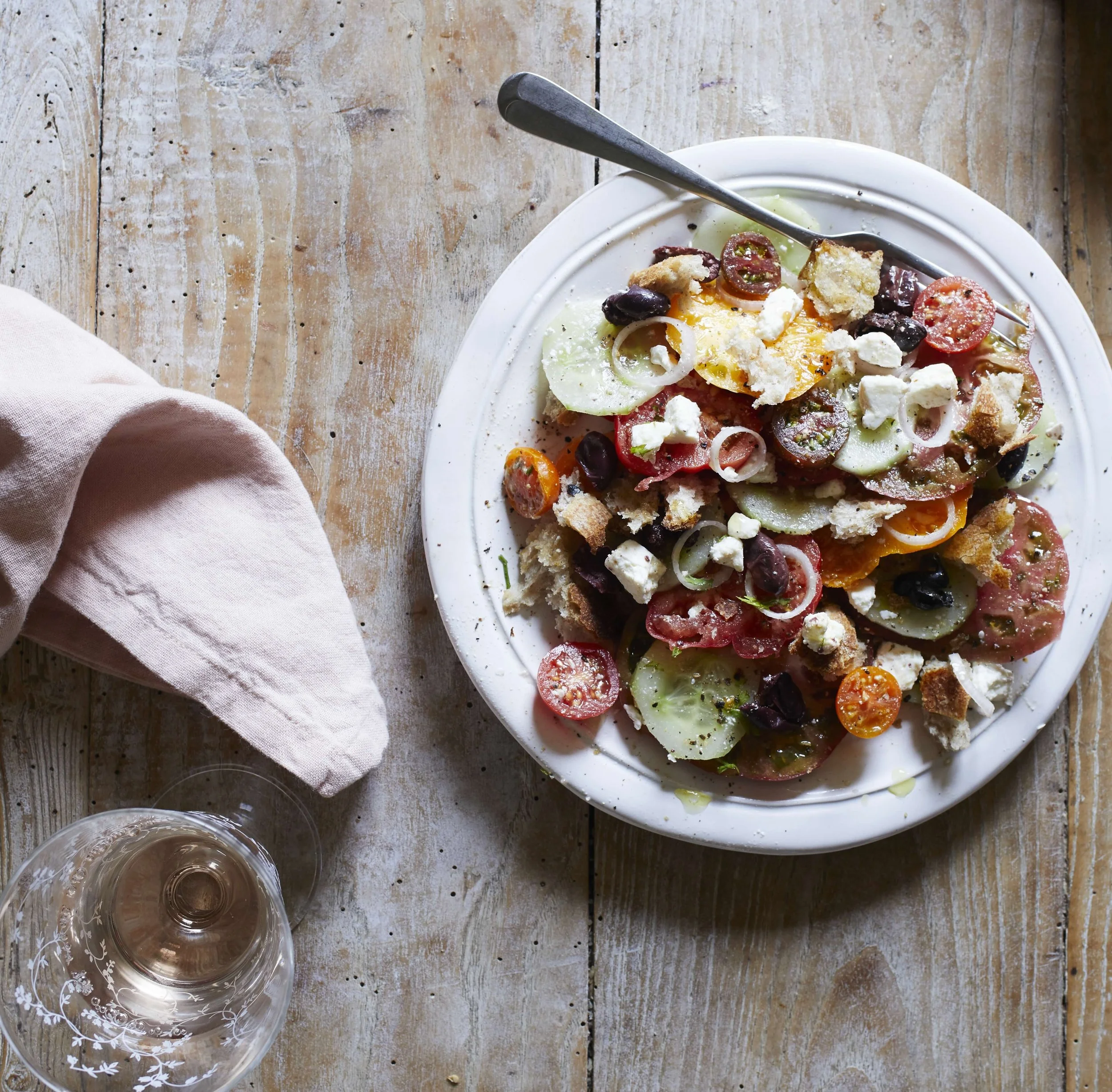Cold January days call for a hot bowl of nourishment, something that will liven up your tastebuds and pack a punch of nutrients to help ward off all those bugs that are flying around. This curry will warm you from the inside out.
Buddha bowls
SERVES 4
For the paste
½ teaspoon fennel seeds
½ teaspoon coriander seeds
seeds from 6 cardamom pods
½ tsp black peppercorns
½ tsp ground cloves
½ tsp ground turmeric
½ tsp ground cinnamon
½ tsp dried chilli flakes
1 thumb-size piece of fresh ginger
1 shallot
1 stalk of lemongrass
1 large bunch of fresh coriander
2 cloves garlic
coconut oil
For the curry
500g new potatoes
150g unsalted peanuts*
1 × 400g tin of coconut milk
2 tbsp tamarind paste
1 tbsp runny honey
sea salt
200g green beans, trimmed
200g firm tofu
2 slices fresh pineapple
The rest
150g brown basmati rice
coconut oil
2 medium carrots
1 lime
a squeeze of runny honey
a splash of rice wine vinegar
150g kale
50g mixed toasted seeds (I use a mixture of poppy, sesame and pumpkin)
1. Fill and boil a kettle and get all your ingredients and equipment together. You’ll need a small food processor or blender for the paste, a couple of large saucepans and a frying pan.
2. Keeping the skin on, chop the potatoes into 1–2cm chunks. Put them into a pan, cover with boiling water, add some salt, then bring to the boil and cook until tender – this should take about 5 mins.
3. Put the brown rice into another pan with twice its volume of cold water, some salt and a knob of coconut oil and put on a high heat to boil for 20–25 mins. Keep an eye on the rice while you do the other jobs, making sure it doesn’t boil dry.
4. Next, make the paste. Toast the fennel, coriander and cardamom seeds and the peppercorns in a dry pan for a couple of mins, then put into a food processor with all the other ground spices and the chilli flakes. Peel and roughly chop the ginger and shallot, discard the tough outer layer of the lemongrass and chop the inner stalk, then add it all to the processor. Cut the stalks off the coriander and add these with the garlic. Add a couple of tablespoons of coconut oil and blend on high until you have a paste.
5. Heat a large pan on a high heat, then add the peanuts and stir for a minute before adding the paste. Fry for a couple of mins more, then add the coconut milk, tamarind, honey and a good pinch of salt. Drain the potatoes, add them to the sauce and cook for 5–10 mins until it’s a good consistency.
6. To make the quick pickle, grate the carrots into a bowl and add the zest and juice of a lime, a squeeze of honey, a splash of vinegar and a pinch of salt. Finely chop the coriander leaves and add to the bowl, then put to one side.
7. Use the pan you toasted the spices in to pan-fry the kale on a medium heat in a little coconut oil, adding some salt and freshly ground black pepper, until wilted but starting to crisp.
8. Once the potatoes have had 5 mins in the sauce, add the green beans. Cut the tofu into 1cm lengths, then cut the pineapple into pieces about the same size, discarding the skin. Add both to the curry and simmer for a few mins, topping up with hot water if the curry is getting dry.
9. Once the rice and curry are ready, ladle the rice into bowls and top generously with the curry. Finish off with a pinch of carrot pickle, some greens and a sprinkling of seeds.
Recipe from A Modern Way to Cook by Anna Jones, photography Matt Russell (Fourth Estate).
First published in The Simple Things, January 2016 - still available on special order



























